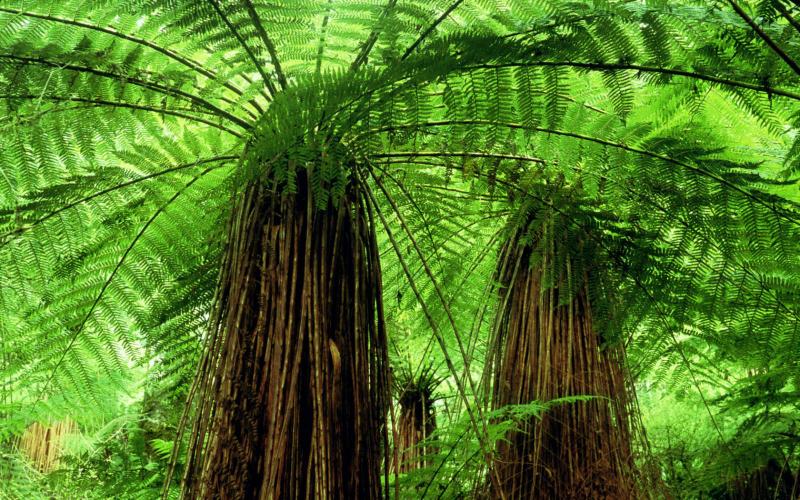
Biodiversity in New Zealand
By Simon Cross
New Zealand is famous for its incredible biodiversity, with tens of thousands of different species of animals and plants that call the country home, and dozens of them are found there exclusively. With a population of fewer than 5.5 million, the country is one of the most under populated in the world. The reasons behind the diverse scope of nature stem from the two islands that make up New Zealand being in relative isolation to the rest the earth’s land mass. Because of this, Europeans did not discover it until the 17th century, meaning they could not introduce mammals which would have taken a huge toll on the native animal’s numbers. The speed with which the Dodo died out after dogs and pigs were introduced to its habitat is proof of this. The only mammals that existed on the islands for years were bats and handful of marine creatures. Birds enjoyed 65 million years of evolution without being molested by rats, cats and similar threats. From this, amazing creatures came into existence. For example, the Giant Moa, which died out around the 16th century was, in all likelihood, the largest bird that ever lived, with some female specimens standing well over three meters tall. Haast’s Eagle, which hunted the Moa, was the largest Eagle to have ever existed, with a wingspan of nearly three meters. These birds came into existence due to bird’s dominance of New Zealand, as well as the lack of competition from other birds due to the country’s remote location.
The country today is bursting with an incredible range of flora and fauna. The vast amount of habitats available to the organisms that exist in New Zealand is a huge contributing factor towards the biodiversity of the nation. As an island formed by Tectonic movements, it has mountain ranges and hills, valleys and lakes, as well as rainforests and beaches which can support different kinds of life. The climate is also temperate enough to support life for plants and animals, with a reasonably warm average temperature. It’s most famous animal resident is the Kiwi, a small bird about the size of a chicken which is also shorthand for a New Zealander. The rainforests, Whirinaki in particular are home to many plant and animal species such as Podocarpus trees. The Podocarpus, an ancient family of trees have changed very little in 190 million years. Whirinaki, nicknamed 'Dinosaur forest' by eminent botanist David Bellamy due to its huge, ancient trees, has a massive range of creatures on its own. The Whio (Blue Duck) and endangered Karearea make habitats amongst the Miro and Totara trees, as do Giant Weta, some of the world's largest insects. The rivers are populated by Long- finned Tuna, and the native bats are a rare sighting in the canopies overhead. Red Deer and Possums are in attendance on the forest floor. Even high up in the mountains there is life, the Mt Cook Lily and Himalayan Tahr surviving the harsh climate.
The North Islands beaches are where the Yellow-Eyed Penguins live, and were famously visited, inadvertently, by a lost Emperor Penguin native to Antarctica. Sea Lions are occasionally seen on Surat Bay, as are Oystercatchers, Sooty Shearwaters and Blue Herons. Elephant Seals, Dusky Dolphins and Sperm Whales can be seen in the water off the coast. The Podocarps, an ancient family of trees have changed very little in 190 million years. One of the reasons that New Zealand maintains such biodiversity is their commitment to conservation. Almost all of the native wildlife is protected, pests are removed or exterminated and the trees in Whirinaki have not been used for logging since the 1980s. New Zealander's have acted early in attempting to save their flora and fauna from damage, and the amount of resources and time they have put into conservation seems to show their resolve.
Share this article:




















